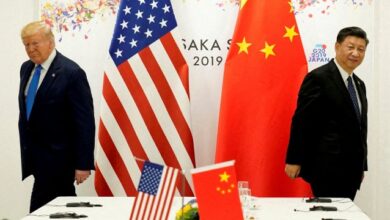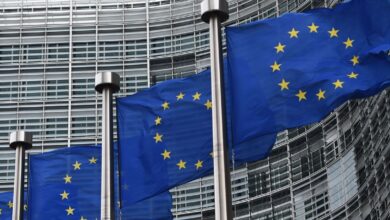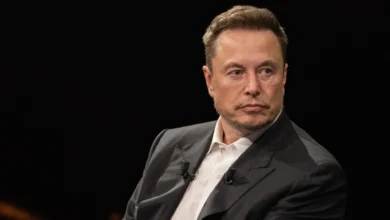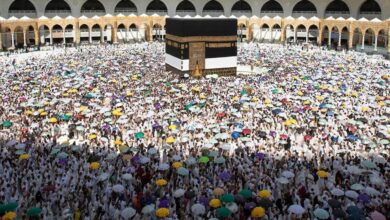The War in Ukraine: What is the Status of the Ceasefire?
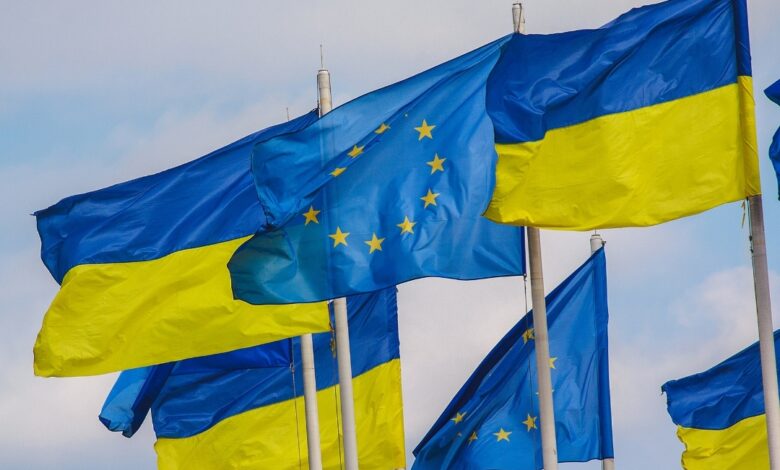
Jawad KERDOUDI – President of IMRI (Moroccan Institute of International Relations)
It is important to recall that Crimea, internationally recognized as part of Ukraine, was annexed by Russia in 2014, and on February 24, 2022, Russia invaded Ukraine. As of now, Russia occupies four regions in Donbass, while Ukraine has gained a small portion of the Russian Kursk region near the Ukrainian border. The estimated toll of the conflict includes over a million deaths and injuries, with Russian casualties reportedly twice as high as Ukrainian ones, alongside massive destruction of infrastructure and residential buildings primarily in Ukraine.
President Donald Trump, who took office on January 20, 2025, had promised during his election campaign to expedite the end of the war in Ukraine. On February 12, 2025, he called President Vladimir Putin. On February 18, 2025, senior American and Russian officials met in Riyadh, Saudi Arabia, to normalize relations between the United States and Russia and to prepare for a Summit between Trump and Putin aimed at resolving the conflict in Ukraine. However, a significant clash occurred on February 28, 2025, between Donald Trump and Volodymyr Zelensky in Washington, broadcasted live on television. The American president and his vice president, Vance, aggressively criticized Zelensky for putting himself in a precarious position, claiming he had no leverage to negotiate with the Russians and that he had disrespected the United States. The meeting concluded without the signing of the Agreement on Rare Earths in Ukraine, which the United States wished to exploit. Additionally, the U.S. suspended financial and military aid to Ukraine and halted intelligence sharing regarding the war on Ukrainian soil.
Unable to continue the war without American support, President Zelensky publicly acknowledged his reliance on the United States for aid. On March 11, 2025, he sent a Ukrainian delegation to Jeddah to meet with an American delegation. This meeting resulted in establishing a 30-day ceasefire in Ukraine and lifting the suspension of American aid to Ukraine. The agreement also included the exchange of prisoners between Russia and Ukraine, the release of civilian detainees, and the return of children deported to Russia back to Ukraine. Notably, all negotiations between the United States, Ukraine, and Russia occurred without the Europeans. The latter convened several meetings on March 2 in London, March 6 in Brussels, March 11 in Paris, and another meeting on March 15 in London.
The purpose of these meetings was to protest their exclusion from discussions, increase financial and military aid to Ukraine, form a coalition of willing countries to oversee the ceasefire, and finally implement an autonomous European defense force independent of the United States. President Macron even proposed extending France’s nuclear deterrent to other European countries.
On March 13, 2025, an American delegation traveled to Moscow to inform President Putin about the ceasefire agreement between the United States and Ukraine. Putin did not reject the 30-day ceasefire but laid down conditions for its acceptance. He clarified that this ceasefire must lead to a lasting peace and address the underlying causes of the war in Ukraine. He also expressed concern that Ukrainians might use the ceasefire as an opportunity to rearm and enhance their military capacity with support from Europe and the United States. Furthermore, he raised the issue of monitoring the ceasefire, which would cover 2000 km of the front line between the Russian-occupied portion of Donbass and Ukraine. In effect, without explicitly stating it, Putin aims to reclaim the part of the Kursk region occupied by Ukraine, especially since the Ukrainian army finds itself in a difficult position relative to the Russian offensive. Indeed, on March 12, 2025, Putin donned military uniform to visit the Kursk region, demonstrating his determination to regain this Russian territory before the ceasefire and the opening of negotiations. Additionally, Russia opposes Ukraine’s NATO membership and rejects the presence of NATO troops on Ukrainian soil to ensure the ceasefire.
In conclusion, the current situation of the war in Ukraine is at a stalemate. On one hand, President Donald Trump desires a quick ceasefire to fulfill his campaign promise. On the other hand, President Putin wishes to take his time to reclaim Kursk and obtain American agreement on maintaining the occupied territories in Ukraine, which represent 20% of the country. Moreover, no agreement has yet been reached regarding security guarantees for Ukraine, which Russia is also demanding. To express his impatience, President Trump has enacted new sanctions against Russia in the oil, gas, and banking sectors. A phone conversation is scheduled between Trump and Putin on Tuesday, March 18, 2025, aimed at clarifying the fate of the ceasefire. In any case, the 30-day ceasefire is insufficient to resolve all outstanding issues: control of the ceasefire, presence of European troops, fate of the territories occupied by Russia, and security guarantees for both Ukraine and Russia. A ceasefire of six months, or at least three months, would be necessary to find solutions to the war in Ukraine.

